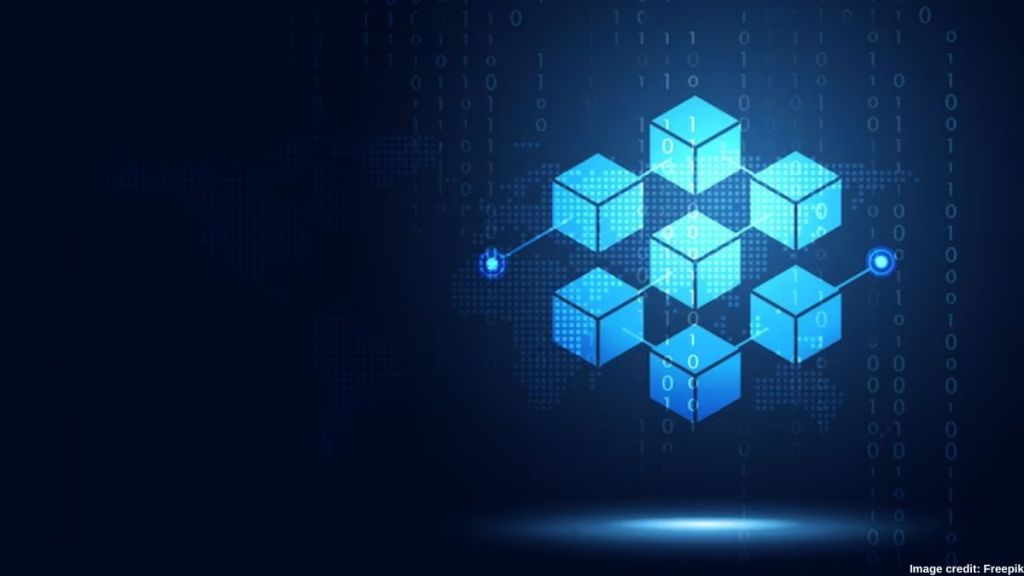By Dileep Seinberg
Agriculture employs approximately 2 billion people, or 26.7% of the global population. In 2027, the agriculture market is projected to reach $19 trillion. In many countries around the world, agriculture is a big part of the economy and provides a lot of jobs. By 2030, it is anticipated that the demand for food will increase by 35%. This would necessarily entail more efficient production systems to satisfy the needs of a growing population.
The industry has witnessed numerous changes as a result of the advent of new technologies, and there are still plenty of chances to put innovative solutions that assist Industry 4.0 into practice.
Agriculture and Blockchain Technology: Potential Benefits
The agriculture sector is constantly finding solutions to the complicated problems of farming and distribution. They have a substantial need for supply chain intelligence, specifically technology that facilitates the traceability of essential product data throughout the supply chain for all affected businesses. At present, determining the provenance of an agricultural product is not simple, accurate, or efficient.
Blockchain may be significant in this situation. Blockchain technology has all the necessary components to become a genuine problem-solver. On the contrary many existing technologies are either inadequate or prohibitively expensive. This technology uses a distributed ledger to store data safely and in an unchangeable manner. These ledgers are resilient because they are shared among many users, have no singular point of failure, and can be transparent to all users depending on the design. As a result, blockchain technology eliminates the need to formally identify both parties to the transaction, resulting in significant cost savings. With the help of this technology, supply chains can be managed more effectively, prices can be set fairly, transaction costs can be reduced, and so on.
Optimising Supply Chain
Blockchain may have the greatest potential in agriculture, where it can be very beneficial for tracking the supply chain network of food products. This technology appears to have the greatest potential to improve food efficiency and transparency and overall traceability. Blockchain technology provides a trustworthy method of tracking transactions between unidentified participants. This makes it possible to identify fraud and problems quickly. The use of smart contracts allows for real-time problem reporting. This contributes to resolving the difficulty of monitoring products in the extensive supply chain caused by the agri-food system’s complexity. Thus, the technology offers solutions to end users, the government, and other stakeholders concerned about food quality and safety. The collection of trustworthy data is made easier by blockchain technology, which offers transparency among all parties involved.
Product Tracking and Origin Tracing
With the help of a blockchain-based ecosystem for the tracking, settlement, and distribution of agricultural goods, merchants can be sure that their customers are receiving precisely what they ordered.
If a vendor asserts that its tea leaves are ethically sourced from Assam, for example, this can be verified by tracking the path from farmer to consumer thanks to the blockchain, which records each step of the transaction process. From the perspective of the consumer, using a transparent decentralised ledger could give people confidence about the origins and production processes of their food. Instead of relying on the current systems, which are easily manipulated, they can track the consumer food chain to gain a better understanding of the place from which the food came, the time it was created, and the effectiveness with which it occurred.
Lower transaction costs, fair pricing
Blockchain can make it easy for buyers and sellers to agree on a fair price for a product. Commodity buyers can communicate directly with their suppliers and make payments via mobile devices thanks to blockchain technology. This could guarantee that farmers are paid fairly for their goods and that retailers are charged fairly because it would save the retailers money on agents. In the end, this technology enables producers, retailers, and farmers to defend premiums for specific goods.
Human error reduction
In agriculture, blockchain technology can be used to reduce material and monetary losses due to human error. Adopting blockchain technology enables the automation of labour-intensive tasks, reducing the number of resources wasted or misapplied. In addition, Blockchain can provide farmers with information concerning infected goods throughout their supply chain, such as the type of crop and location of origin. By examining this data set in greater detail, the farmer can then try and reduce future losses.
Improves farm financial management
The agricultural industry may face difficulties when it comes to the management of information regarding finances, accounting, and administration. This may also present challenges when determining competitive pricing for the products. The management of this data can be done more effectively, in real-time, and with greater transparency and accessibility by implementing blockchain. Farmers may find an ally in the blockchain’s ability to maintain immutable registries.
With blockchain technology, a new era of decentralised transactions is on the horizon. Huge amounts of data can now be instantly recorded, verified, and shared using technology, which could completely alter many industries. Specifically, the agricultural sector stands to benefit greatly from the implementation of this technology due to its potential applications in food traceability, supply chain management, and various forms of payment. Increased informational accuracy and transparency foster greater trust among both parties, reduce expenses, and boost productivity. These advantages suggest that blockchain technology may hold the key to modernising agricultural trade.
The author is founder, AgroChain and MuffinPay


